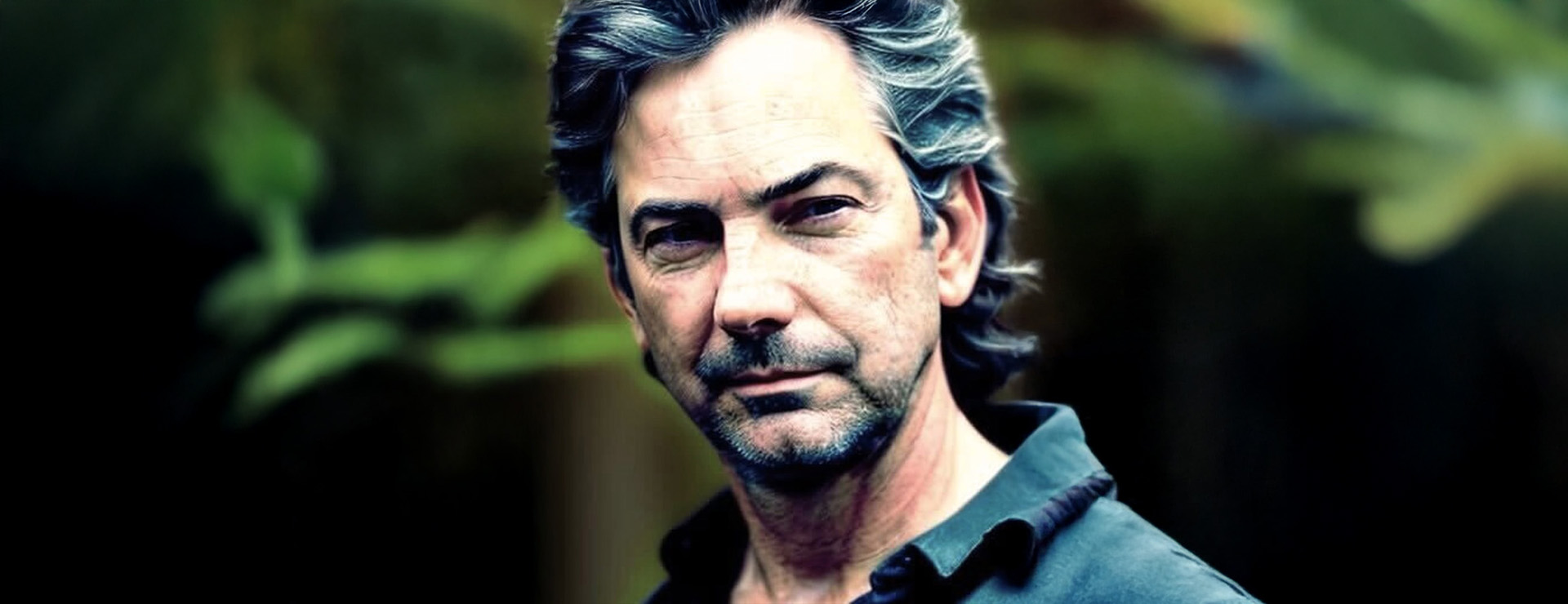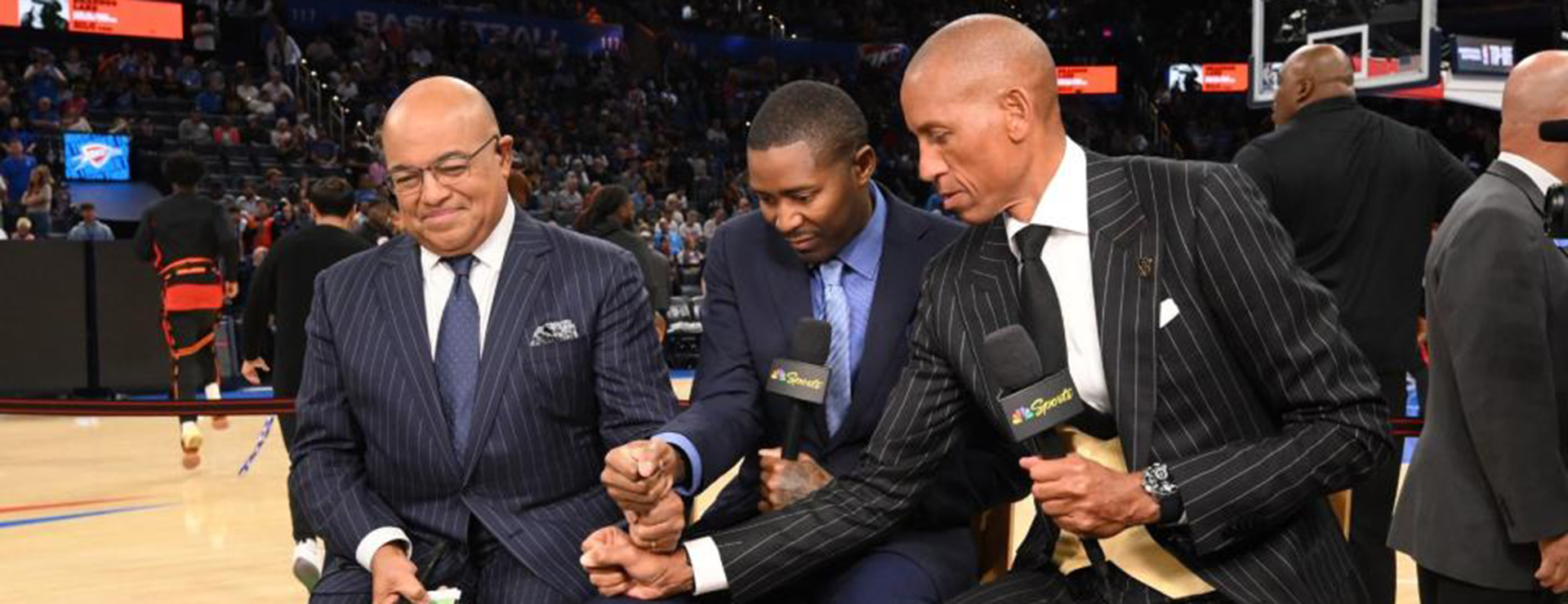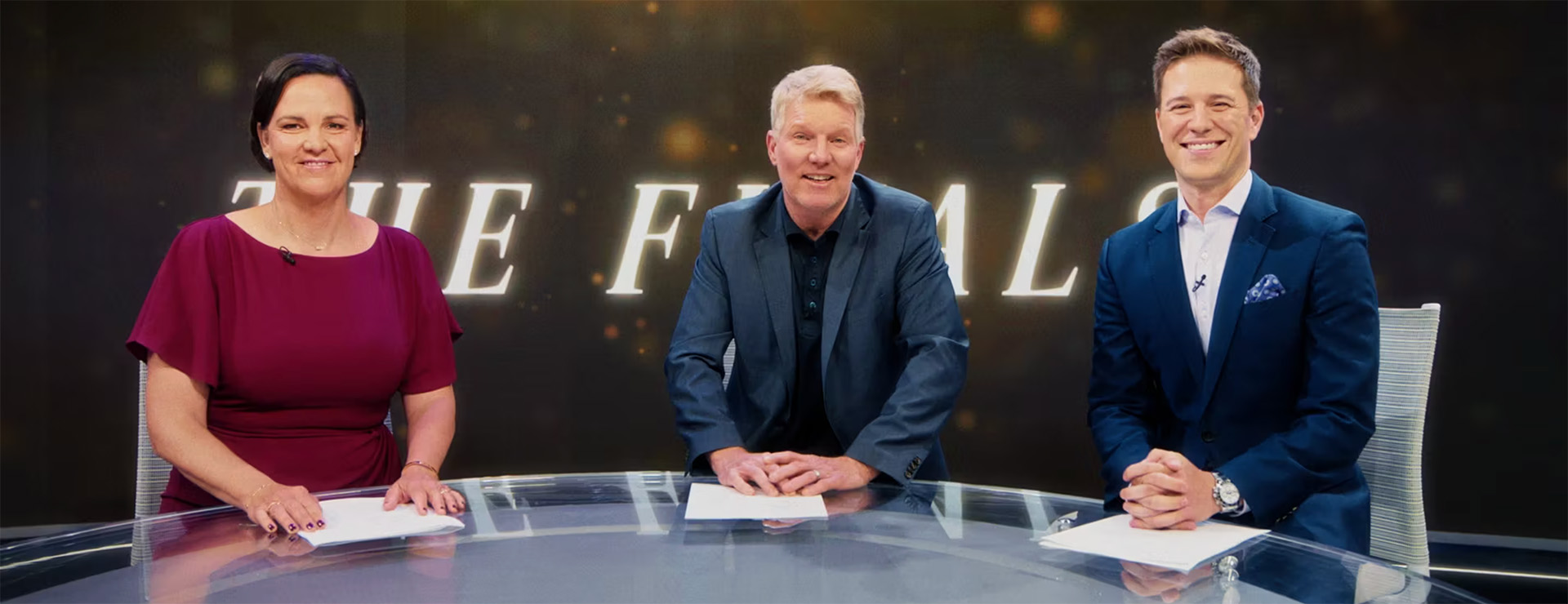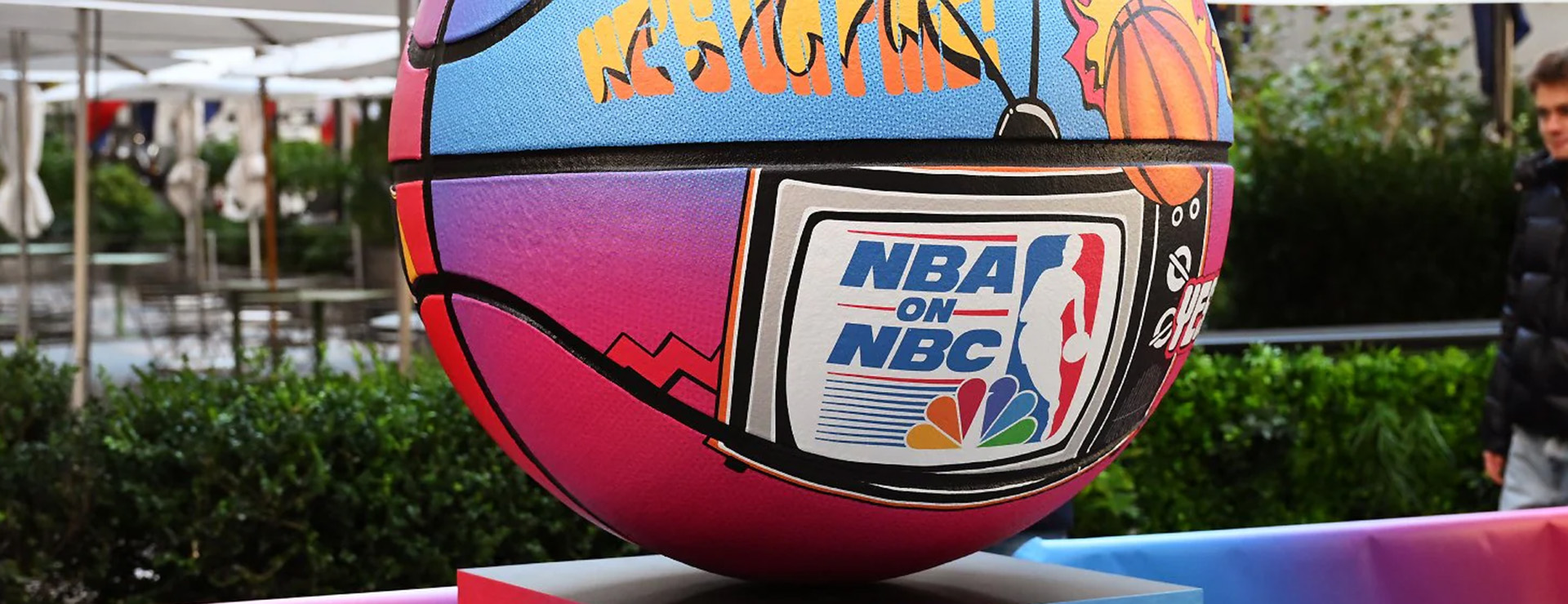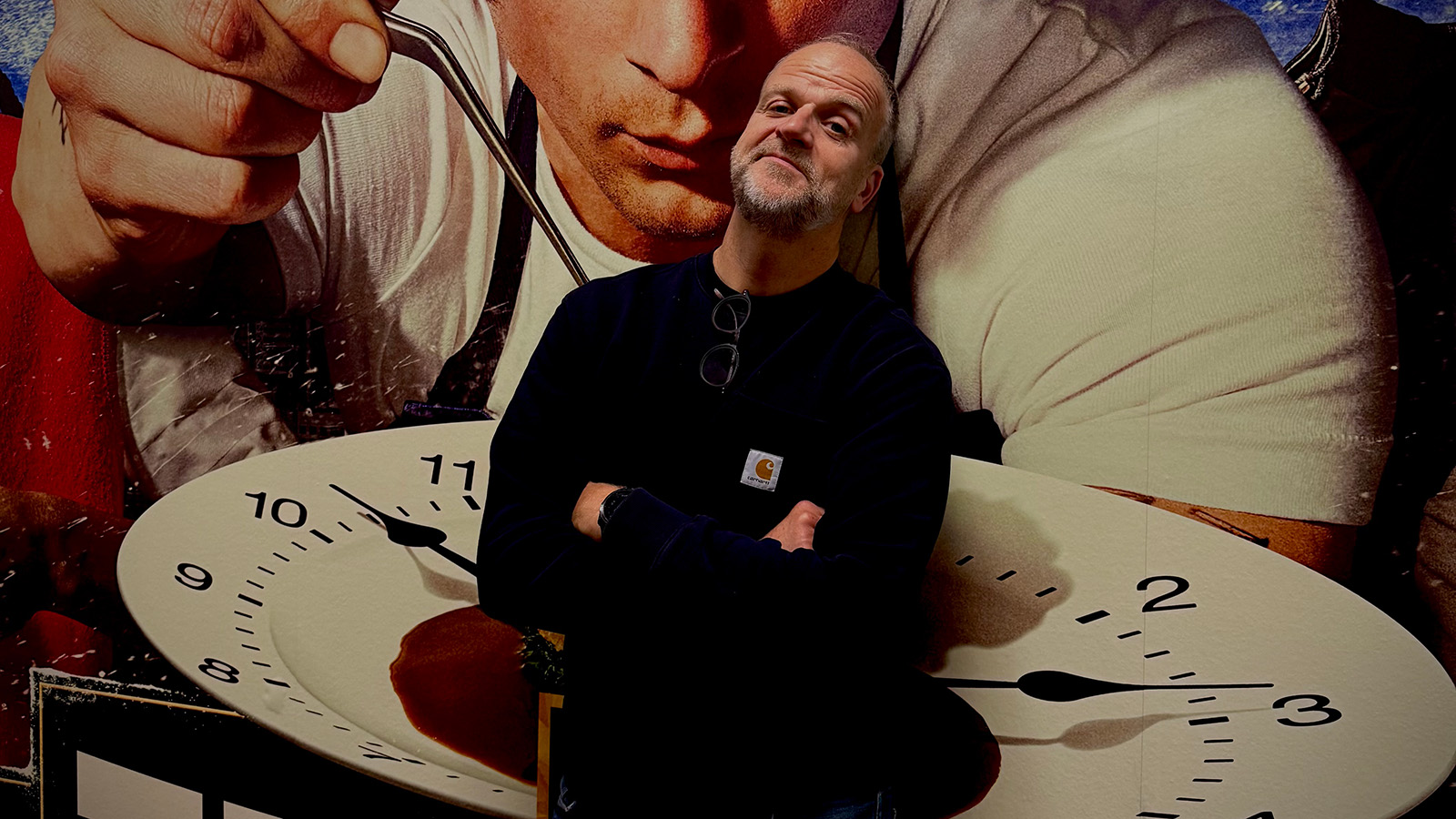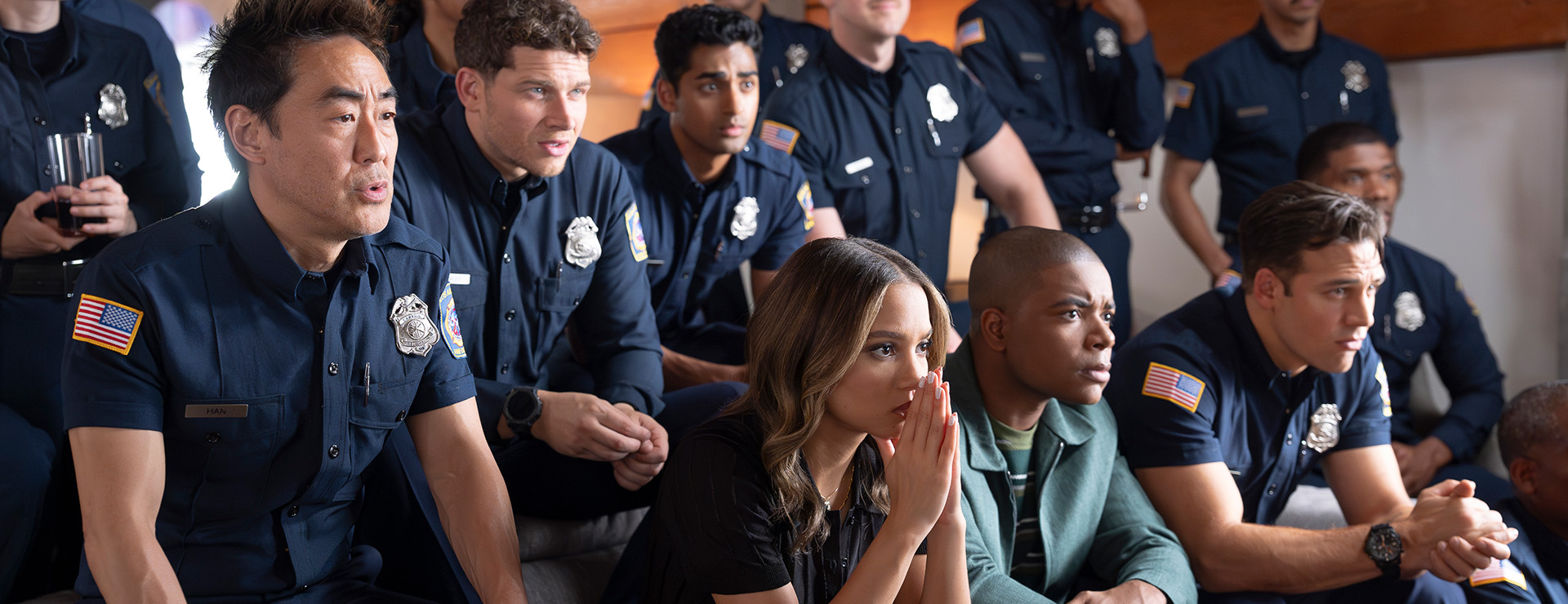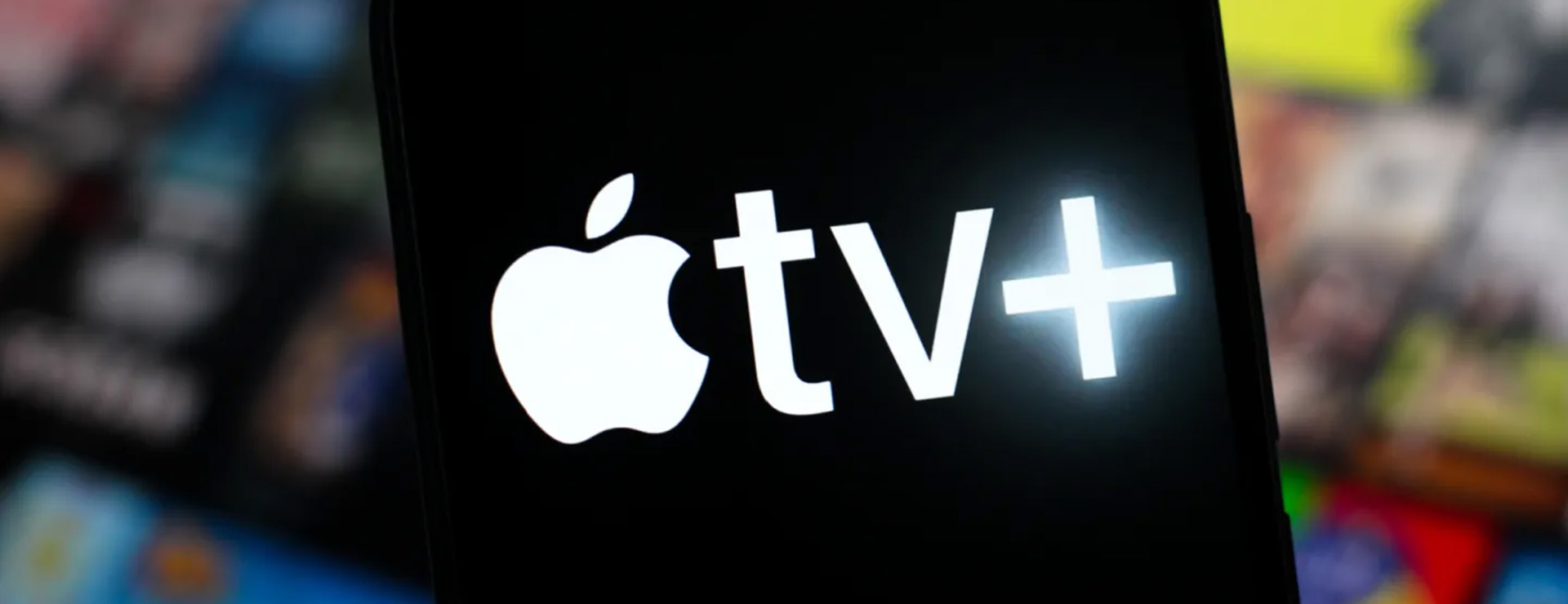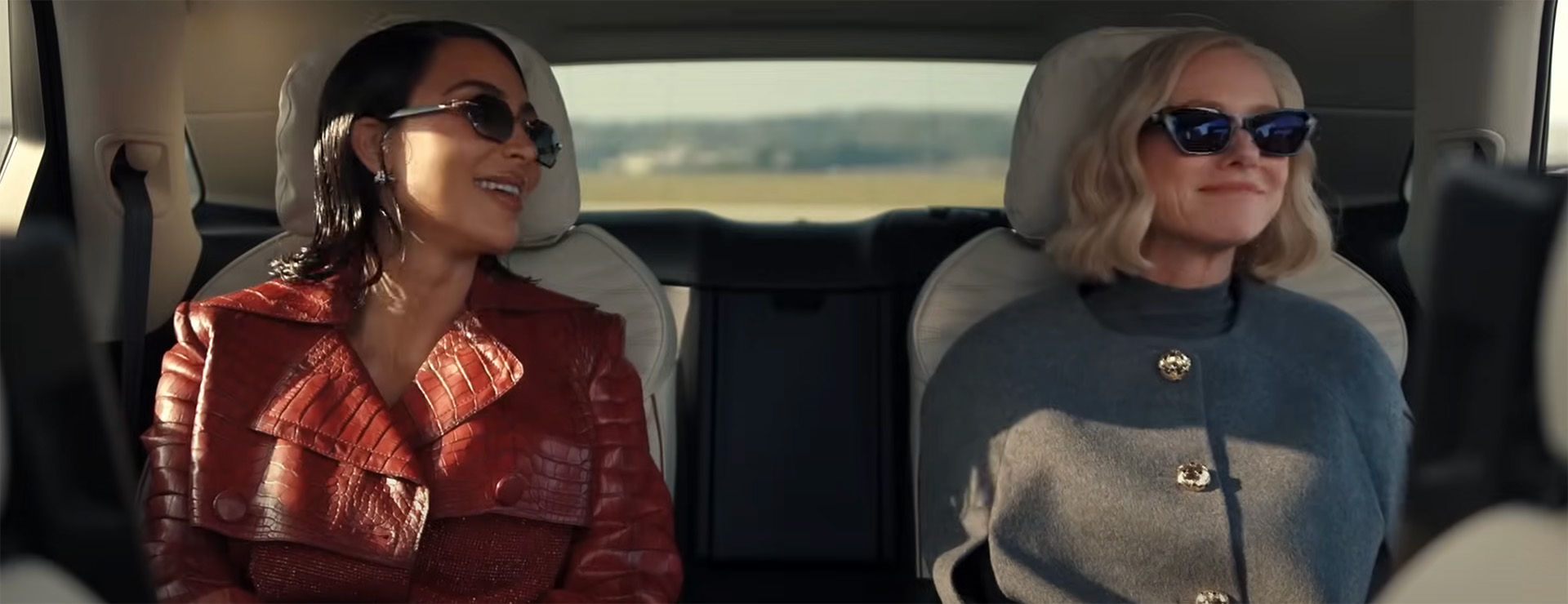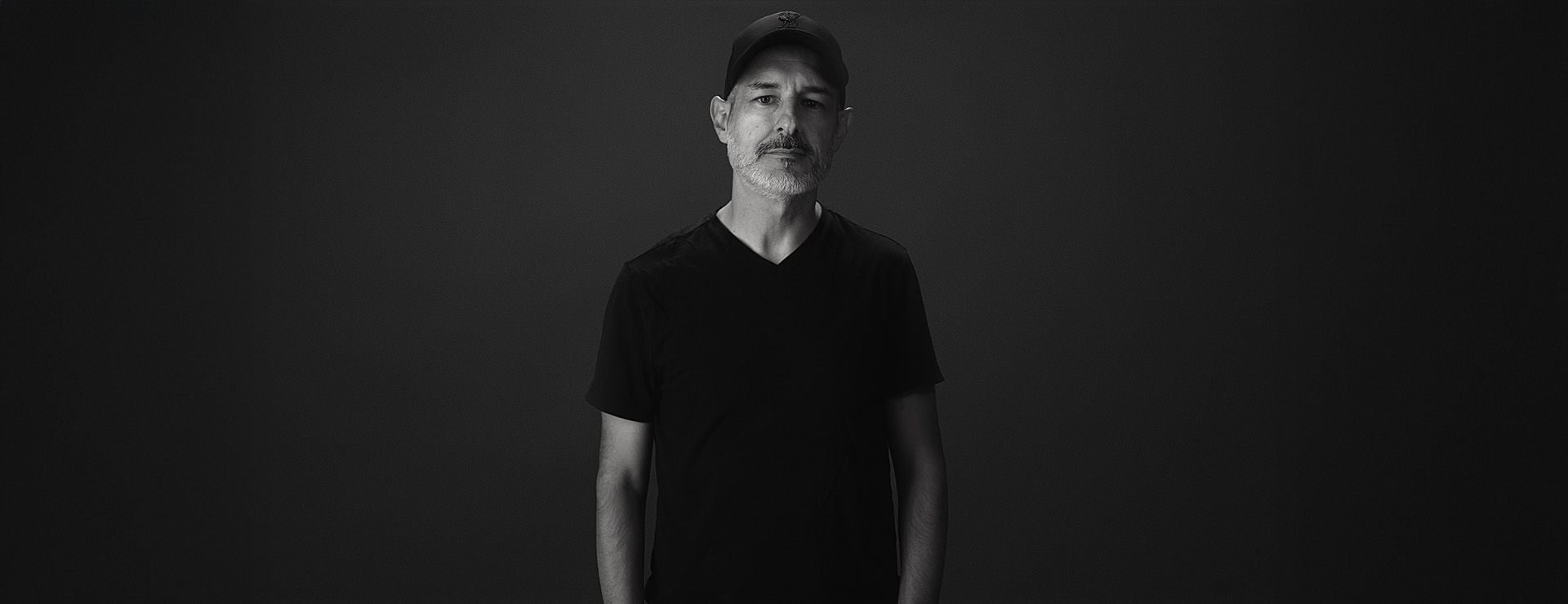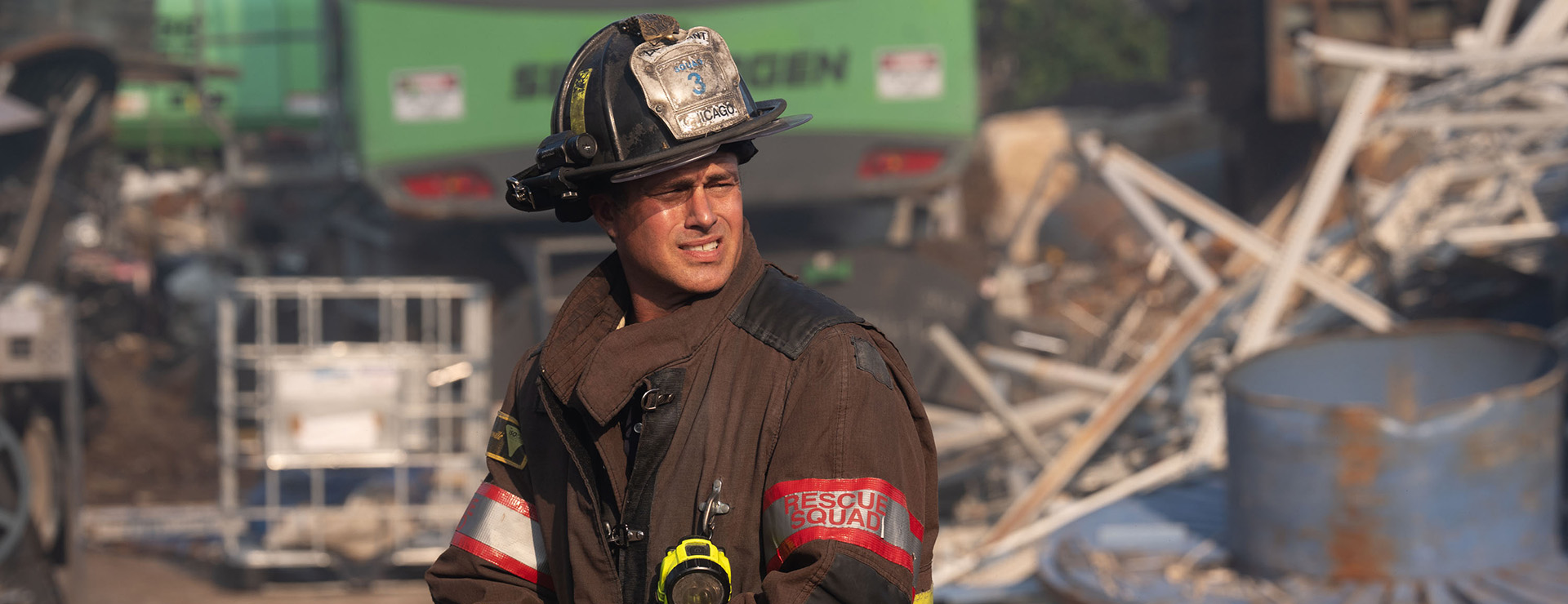Perhaps no single name in entertainment marketing is more synonymous with brand strategy than Lee Hunt. Across his more than four decades in the industry, Hunt has been instrumental in the crafting of indelible campaigns for the likes of Disney Channel, FX, Lifetime, MTV, PBS Kids and many more.
For many years, Hunt was well known for presenting his data-packed New Best Practices at Promax’s annual gathering. And from 2015-25, he ran CMO Intelligence, which analyzed promos across some 125 networks and streaming services.
At the 2025 GEMA TV/Streaming Awards in Los Angeles on Thursday night, the organization is proud to award Hunt with the Industry Legacy Award, presented by CBS, BET and VH1 President and CMO Mike Benson.
Ahead of the event, Hunt took some time to chat with Spotlight about his long career and enduring legacy in entertainment marketing.
Spotlight: How did you first find yourself in the field of marketing, branding and creative? Was it something you had directed yourself to do, or was it sort of where you landed?
Lee Hunt: I really consider myself a promo person first, and, like most promo people, I sort of fell into it. I started work at KERA,the public television station in Dallas, which is my hometown, and I was working on the crew, but on the weekends and at nights, they would let me come in and turn on the equipment. I started making spots for the pledge drives, and then the director of on-air promotion quit. Even though I was at the bottom of the totem pole of the studio crew, I was the only one who actually had a reel. So the head of communication said, ‘okay, we're going to make you head of on-air promotion.’ I didn't even know what that really was.
It was a department of one. My boss wasn't a television person, so she really didn't know what I did. She left me alone, and I just did what I wanted. This is the early ‘80s, and promo was still in a pretty primitive form.
After that, I went to Satellite News Channel, which was ABC News’ version of 24-hour cable news. It was CNN’s first competitor, and Turner bought it and shut it down so I was only there about eight or nine months before it went away. From there, I went to Lifetime. Back then, Lifetime was positioned as “talk television” because it was all talk shows with people like Regis Philbin and Dr. Ruth. But then the president of the network said, ‘I really think we should reposition the channel to “television for women.”’ That seems so obvious now, but back then, the idea of disenfranchising 50% of your potential audience was sort of crazy, but it worked. So my first job in branding and repositioning was taking Lifetime to television for women, although now that phrase now sounds so out of date.
I went on to reposition VH1, and then got hired to go launch TNT down in Atlanta. From there, I went to MTV on the programming side as executive producer, and found out I was really terrible at that.
Spotlight: Why would you be terrible at that?
Hunt: In 1988, I created this interactive show called The Big Blank Show. The idea was like the Ed Sullivan Show on acid, because I would go out and get different street performers. Back then, the Blue Man Group worked at a little place in the East Village and you would pay $1 to go and see them perform. We would take people like that and put them on MTV.
Spotlight: That actually seems like a great idea.
Hunt: It was a great idea. It was a terrible show. But the good thing was that I met my wife on that show. She was the fashion director at MTV. And people on the show went on to great things. Spike Feresten, who was one of the writers, became a writer and executive producer on Seinfeld. Debbie Liebling, who was the show’s producer, ended up discovering and producing South Park. There were several people who went on to great careers.
Spotlight: How did you get back to branding and marketing after that?
Hunt: My mentor was Fred Seibert, who really was responsible for the whole positioning of MTV, and then Nickelodeon and Nick at Night. I talked to Fred, and said, ‘I can't think of any other networks I want to work for. I’m thinking about going out on my own.’ He had an agency that was called Fred/Alan. He said, ‘go ahead, do it.’ That's when I started Lee Hunt Associates and that was also when all the cable networks were exploding. It was very opportune. We focused on launching and branding all these new cable networks primarily in the U.S., but also internationally. We did the History Channel, TLC, Disney Channel, when it was revamped under Gerry Laybourne and Anne Sweeney and Eleo Hensley, plus a lot of other brands. It was a really good time to be in that part of the business.
Spotlight: You said you weren't a good executive producer, but what do you think makes you good at branding?
Hunt: I think a lot of it is that I'm a pretty good observer, and I like to listen. I've always believed that the brand really lives in the people who do the work day in and day out. They may not recognize it, but they are the ones who are shaping the brand incrementally in all the work that they do. So whenever I was working on a brand, I would make the people who worked at the channel really do the hard work. I would run workshops and guide them through, and they almost always came up with the solution. I was really just the one who guided them towards it.
Spotlight: You were more like a marketing therapist.
Hunt: I would always tell them at the very beginning of the process that when we get to the right answer, I know what your reaction is going to be, and it's gonna be, ‘duh.’ That's how we'll know that we came up with the right solution.
Spotlight: What were some examples of branding where you felt like you were really successful?
Hunt: I think the first one was Disney Channel when [I worked for] Gerry Laybourne. She had created Nickelodeon, and then went over to Lifetime, and then was hired by Michael Eisner to re-imagine Disney Channel. That brand positioning is still around today. I believe the original brand worksheet that we created – the one-pager – they still use it there. It's changed a little bit, but the main points that we created back in 1997 are still very much a part of the channel.
After that, I think it would be USA’s Characters Welcome, [which ran from 2005-16]. That strategy became the guiding influence of all the programming decisions and the whole blue-sky idea. That was a good era. They became the number-one general entertainment cable channel, and they kept that going for 12-14 years. The Characters Welcome strategy was a great strategy, but it was the creative that Chris McCumber and his team put behind it that really made it work. You can have a great strategy, but if you don't have the creative that can really execute against it, it's not going to go anywhere.
Spotlight: You also led FX to their great tagline, Fearless, which debuted in 2013. How did that come about?
Hunt: It was really interesting because when I was working on the FX positioning, I interviewed John Landgraf for a couple of hours, which was amazing. I've never talked to a programmer like him. I finally came back to what was, in my mind, obvious. I told Stephanie [Gibbons] that the positioning is fearless storytelling. And I said, I don't know what the tagline is, but that’s the position because that's what John is, he's a fearless storyteller. John initially told Stephanie ‘no’ because, as he said, ‘I am not fearless, I’m scared shitless all the time.’ But she said, ‘that may be the case, but that is not your brand persona.’
I remember the first iteration of that positioning were these beautiful black and white portraits of FX talent with just the word ‘Fearless’ at the bottom, with the FX logo. And I was like, ‘oh my god, it actually works.’ Stephanie’s creative made the strategy.
Spotlight: Backing up a bit, what led you to decide to sell Lee Hunt Associates?
Hunt: This was 1999 and, kind of like now, everybody saw that things were going to change very dramatically. When Jeff Dachis, who was the the CEO of Razorfish at that time, first came to talk to me, the internet was pretty much text-driven. But he really believed that it was going to be something much more.
I thought [it seemed like] a great opportunity, because obviously the internet was going to be a big part of the future of entertainment and media in general. And I really liked where Jeff's brain was at. He was about five years ahead of his time.
Spotlight: After that, you launched Lee Hunt LLC in 2001. How did you feel about that switch, and were you ever surprised at how it worked out?
Hunt: Razorfish let me out of my contract in 2001. I started talking to all of my old clients and consulting. Because Lee Hunt Associates was a creative services shop – and the reason it was so successful, I believe, is because I always had this rule of only hiring people who were better than I was. In so many ways, it ran itself because there were people there who were much better at organizing and there were incredible creatives, whether they were designers or writers or editors. So I was doing the strategy work, and that was just a small part of the company. When I started consulting, I focused only on strategy which is what I loved, and it just grew from there.
Spotlight: When did you start running CMO Intelligence?
Hunt: In 2015. I had been doing competitive analysis for several networks. They would often ask me to take a look at their air for a few weeks as well as two or three of our competitors, and tell them what I thought they were doing right or wrong.
One network executive said, ‘can you do this for us full time?’ And I said, ‘no, it's just way too much work.’ This particular executive said, ‘would you consider making a syndicated service and selling it to other people, including us?’ And that became the idea behind it.
We started out just tracking 12 networks, and by the end we were tracking about 125 linear and streaming services. We built a whole technology outfit in Denver where we could record all this but all the auditing was always done by hand. It was literally people looking at the promos and tracking them in an Excel spreadsheet. Once a month, we'd put together all the data, and we would upload the creative every two or three days. Towards the end, the library held about 100,000 different promos that you could sort all of these different ways and the data went back to 2017.
Spotlight: You always hear the adage ‘use your own air.’ What do you think that means in today's media world?
Hunt: On the linear side, it's still an opportunity. The challenge is that so many of the linear networks have given up on the kind of programming they used to have, so instead you’ll have six or seven hours of reruns of Friends, or whatever it happens to be.
Over the years, you always had this problem of people undervaluing on-air promotion. The question would always be, ‘do you think your ad-sales people think that your airtime is not important? Do they have problems selling it? Obviously, it is valuable because it’s what’s keeping your network afloat. So if it’s working for your advertisers, why wouldn’t it work for your on-air promotion?’
What we know is that on-air promotion is more effective than advertising because you’re speaking to a predisposed audience who came to your channel to watch one of your shows. They did not come there to buy a Ford truck, so when that spot comes on, they may not be listening, but if you give them a message about another piece of content on your channel, they will probably pay a little more attention to that.
Also promos are really offered at the point of purchase. Usually you're pushing someone to a show that's going to air in the next three hours, the next three days, or immediately, on demand. Promos, and particularly clip spots, allow you to try on or sample the show. Commercials can't do that. You can't taste a McDonald's hamburger. You can't try on a pair of Nike running shoes. But a good clip spot allows you to get a sample of the show. And the only thing that can do that other than promos, are movie trailers.
Spotlight: As you’ve been winding down Lee Hunt LLC and CMO Intelligence, how are you adapting and how are you advising your clients to adapt?
Hunt: There are still three things you need to do to be a successful brand: you have to define yourself, you have to differentiate yourself from the competition, and you have to make sure you're relevant to your target audience.
My belief is that as a media brand, your message has to be simple, without a lot of moving parts, because when people are consuming media, whether it be television or streaming service, they're not stopping to think. Often, you hear a great tagline and if you stop and think about it, it's really clever, but people don't do that when they're watching TV. For example, when I hear FX’s tagline “Fearless,” I understand what FX is about. So it's got to be simple. It's got to be obvious. When I hear what your position is and I look at the screen, it should be self-evident and intuitive. And finally, it’s got to be emotional. It doesn’t have to make you laugh or cry, but you need to care about it. It has to connect with you.
None of that has really changed, whether it be the earliest days of cable to now with FAST channels and smart TV platforms. That idea of the brand has not really changed.
Spotlight: What do you think the role of data needs to be in crafting marketing and branding campaigns?
Hunt: I have always believed that data are really important. When I had my creative services company, what the data were really good for was establishing guardrails and talking to the creatives and saying the brand begins here and it ends here, and you can't go outside of those boundaries. But within those two boundaries, you can go as deep as you want – that's a little bit harder than going wide. But that's what the data were really good for – establishing boundaries so the creatives could dig down as much as they wanted,
Spotlight: Last question: what are you proudest of having contributed to this industry?
Hunt: That is an easy one! It’s the PBS Kids brand position and package.
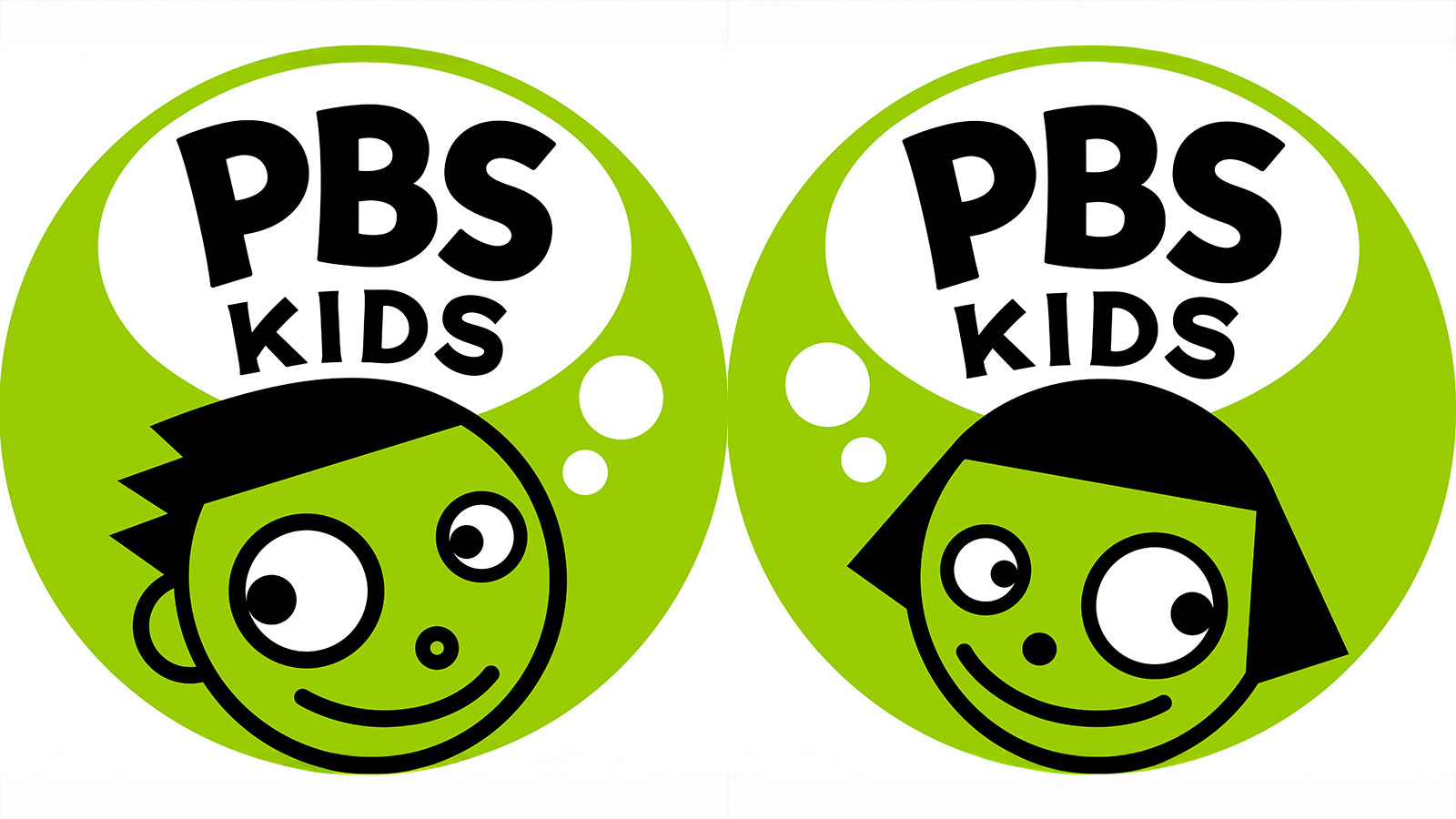
When we did this in 1998, PBS wanted us to stick with the generic face logo that they had been using. We came back with a boy logo and a girl logo because we didn’t want it to be gender neutral. The models for it were my twins, Austin and Asia, when they were three years old. That logo lasted until last year.
I still get texts, phone calls, emails from people who grew up on the PBS Kids packaging and promotion asking me for copies of it, or wanting to know back stories. Nothing else I ever worked on had that kind of impact. I got a call just three months ago from someone. I was in London and it was late at night. When I answered the phone, a voice said, ‘are you an artist? I'm an artist.’ And of course I was like, ‘what’? And then he said, ‘did you work at PBS?’ And then I had an idea where it was going, and I said, No, which was technically true. We were the agency of record for PBS, but I didn't work there. And I got off the phone. The next morning, I got an email, and it was from the father of the person who had called me. He said his son was severely autistic, and he loved all of the PBS stuff, and that he was an artist, too. I connected the family with all the people who worked on the PBS Kids campaign.
So much of what we do is incredibly ephemeral and short-lived, but this was something that people grew up on and became a part of their lives. It will always be the thing that I am absolutely the most proud of having worked on.
Join us at the Wilshire Ebell Theater in Los Angeles on Thursday, October 30 to celebrate Lee Hunt, Stephanie Gibbons, Bas Alberts, Aracely Muñoz, the Harlem Globetrotters, and all of you!



